Wine, a beloved beverage enjoyed around the world, comes in a spectrum of tastes and flavors that cater to diverse palates. Understanding the nuances of wine’s acidity, sweetness, and bitterness is essential for appreciating the complex nature of each variety. We help you to uncover the factors that contribute to a wine’s distinctive characteristics, allowing for a more informed and pleasurable drinking experience.
Acidity in wine
Acidity, one of the main attributes of wine, adds a tart and crisp element that can greatly influence the overall taste. Generally, white wines exhibit higher acidity levels, attributing to their refreshing qualities. This crispness balances out the sweetness and enhances the wine’s structure, contributing to its longevity. Climate plays a significant role in a wine’s acidity, with grapes grown in cooler regions often possessing higher acidity.

Bitterness in Wine
Sweetness and bitterness, on the other hand, arise from various factors, such as grape variety and winemaking techniques. For example, Riesling can range from bone-dry to lusciously sweet, depending on how the winemaker chooses to craft the wine. Familiarizing oneself with these concepts not only deepens one’s understanding of wine but also provides an enriching experience in exploring the vast world of diverse wine types.
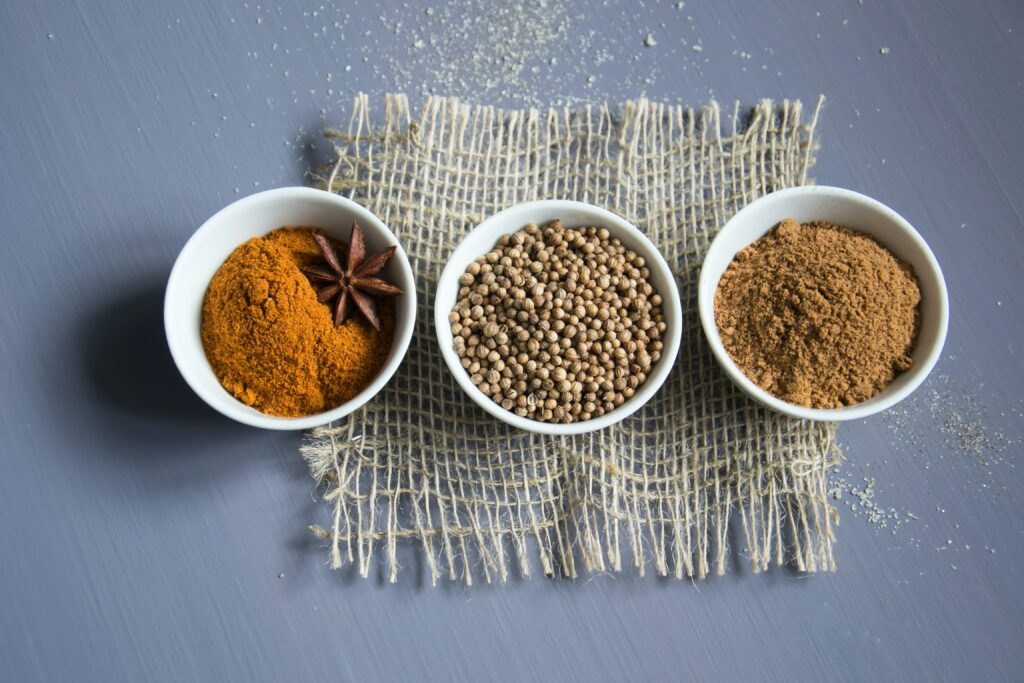
Different Types of Wine by Acidity
White Wine Acidity
White wines are known for their higher acidity levels, which can make them taste less sweet and more refreshing. Acidity contributes to the overall taste of wine and can greatly impact a wine’s finish. Some popular white wine varietals with notable acidity are:
- Chardonnay
- Riesling
- Sauvignon Blanc
- Sémillon
- Pinot Grigio
- Gewürztraminer
Acidity levels in white wines can vary due to factors such as grape variety, climate, and soil. Higher acidity wines tend to be more crisp and make a great pairing with salty and fatty foods.
| Dryness | Bone Dry | Dry | Dry | Off-Dry | Semi Sweet | Sweet | Very Sweet |
| Flavor / Aroma | Citrus fruit, mineral | Savory flavors, tropical fruit | Apple, pineapple, tropical fruit | Honey, lemon | Honey, stone, tree fruit | Apricot, peach, honey, citrus fruit | Figs, raisins, jam |
| Sugar content g/l | 0-10 | 10-15 | 15-20 | 20-30 | 30-50 | 60-80 | 80-120 |
| Food reference | Vinegar (< 0,5 g/l) | tomato juice, acai berry | grapefruit juice | Coke, apple juice | |||
| Garganegra Dry | Colombard | Marsanne | Chenin Blanc | Moscato | Sauternes | Vin Santo | |
| Arinto | Gruener Veltliner | Kabinett Spätlese | Ice Wine | ||||
| Zero Dosage sparkling wine (Champagne) | Verdejo | Chardonnay | Müller Thurgau | Moscato d`Asti | Riesling Auslese | Moscatel | |
| Albarino | Colombard | Sémillon | Torrontés | Tokaji | |||
| Furmint | Trebiano | Madeira | Madeira | ||||
| Gavi | Moscato d`Asti | ||||||
| Grillo | |||||||
| Macabeo | |||||||
| Chablis | |||||||
| Italian Pinot Grigio | |||||||
| Dry Riesling | |||||||
Malolactic Fermentation
Malolactic fermentation is a crucial process in the production of white wine. It is the secondary fermentation that occurs after the primary alcoholic fermentation. Malolactic fermentation (MLF) converts malic acid, which is naturally present in grapes, into lactic acid. This results in a reduction of acidity and a softer, creamier mouthfeel.
The MLF process is typically initiated by introducing specific bacteria to wine barrels or tanks. These bacteria consume malic acid and produce lactic acid along with other compounds that contribute to flavor and aroma. As a result of MLF, white wines acquire unique characteristics that distinguish them from their unfermented counterparts.
While MLF is not essential for all white wines, it is particularly important for those aged in oak barrels such as Chardonnay or Sauvignon Blanc.
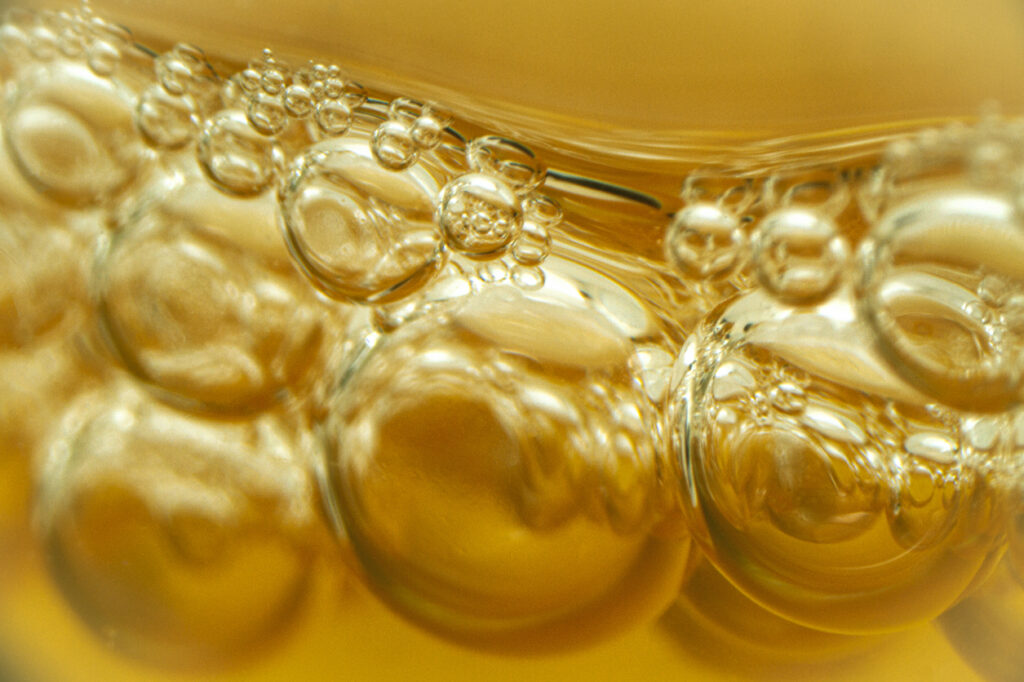
Red Wine Acidity
Red wines generally have lower acidity levels compared to white wines, but still maintain a balance between sweetness and bitterness. The most prevalent acids found in wines are tartaric acid, malic acid, and citric acid. Some popular red wine varietals with different acidity levels are:
Just like in white wines, acidity levels in red wines can vary depending on factors such as grape variety, climate, and soil. Tannins, which are compounds in red wines, can impact the taste and perception of acidity. Tannins create a drying sensation in the mouth, often perceived as bitterness.
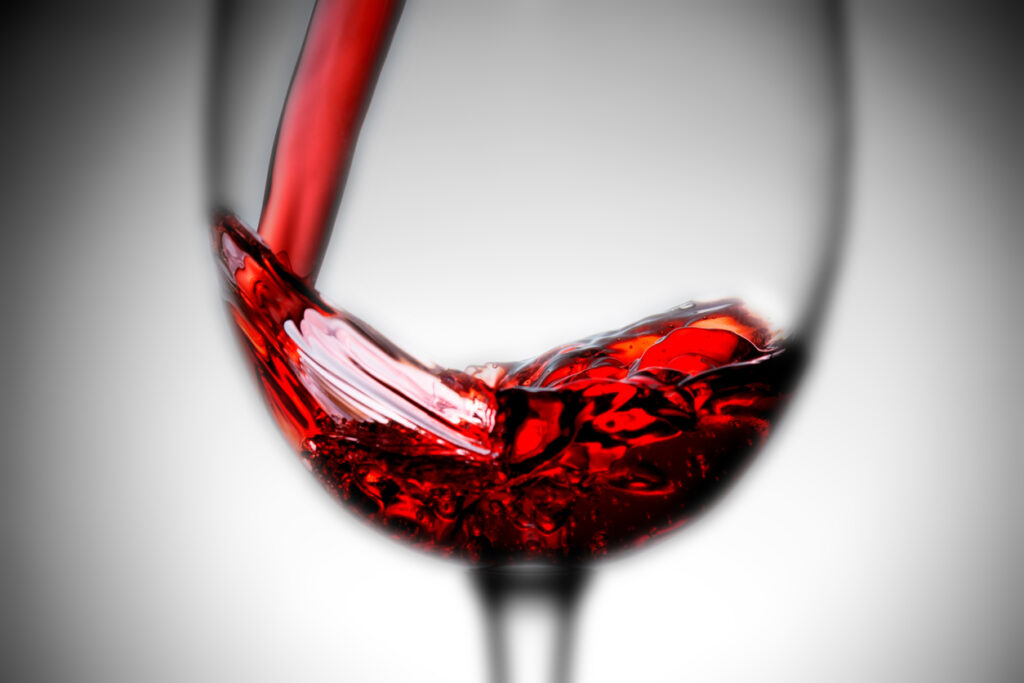
Balance of acidity and tannins
It’s essential to understand the balance in acids and tannins when selecting a wine to suit personal tastes or to pair with certain foods. In general, red wines with higher acidity levels can complement fatty and rich dishes, while those with lower acidity levels may be better enjoyed on their own or with milder foods.
It’s crucial to remember that each type of wine has specific characteristics related to acidity. Enjoying and understanding wines with varying acidity levels can enhance one’s appreciation and overall wine-tasting experience. In the end, personal taste and preference play a significant role in selecting the perfect wine.
Wine Sweetness Levels
Dry Wines
Dry wines are wines with relatively low levels of residual sugar. They are known for their crisp taste and tend to have higher acidity levels. Some examples of dry white wines include Riesling and Chenin Blanc. Dry wine varieties can range from lighter whites with green apple and citrus flavors, to bold, tannic reds like Cabernet Sauvignon or Syrah.
- Low residual sugar
- Higher acidity levels
- Examples: Riesling, Chenin Blanc, Cabernet Sauvignon, Syrah
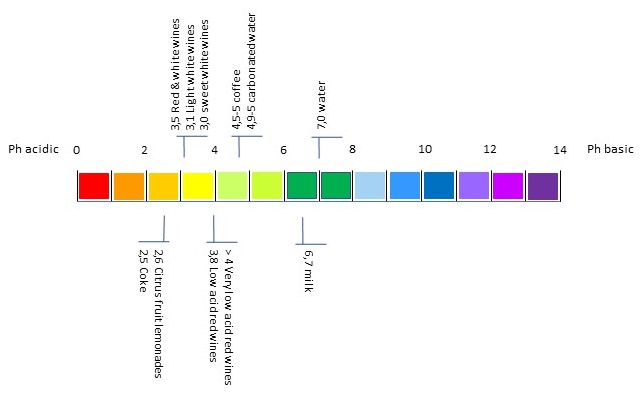
Sweet Wines
In contrast, sweet wines have a higher sugar content, providing a noticeably sweet taste. Acidity and alcohol content can balance this sweetness, giving the wine a more harmonious flavor. Popular sweet white wines include Moscato, Gewürztraminer, and sweet Riesling. These wines often exhibit fruity and floral aromas, appealing to those who enjoy a more delicate profile.
- Higher sugar content
- Balanced by acidity and alcohol content
- Examples: Moscato, Gewürztraminer, sweet Riesling
| Varietal | Calories in a glass | Alcohol conten (ABV) | Residual Sugar (g/l) |
|---|---|---|---|
| Carignan | 109 | 12,5-15 % | 10 |
| Gamay | 115 | 10,5-12,5 % | 1,5-2,0 |
| Merlot | 120 | 13,0-14,0 % | 1,0-1,5 |
| Pinot Noir | 121 | 11,0-14,0 % | 1,0-1,5 |
| Syrah | 122 | 13,0-15,5 % | 0,3-1,0 |
| Grenache | 122 | 13,5-16,0 % | 2,0-3,0 |
| Cabernet Sauvignon | 122 | 13,5-15,0 % | 3,0-4,5 |
| Barbera | 125 | 13,0-15,0 % | 2,5-3,5 |
| Sangiovese | 126 | 13,0-14,0 % | 1,5-3,0 |
There are also exceptions to this. You can find bone dry Gewürztraminer in Alsace produced by the Domaine Leon Boesch. According to their philosophy the dryness of their Gewürztraminer underlines the fruity character and allows better food pairings.
Dessert Wines
Dessert wines are a subclass of sweet wines, typically featuring a significantly higher level of residual sugar. They are often consumed with or as dessert due to their rich, sweet flavors.
Some examples of dessert wines are Sauternes, Tokaji, and Moscato d’Asti. Dessert wine production may involve specific techniques, such as allowing grapes to become very ripe or even affected by noble rot, resulting in high sugar concentrations.
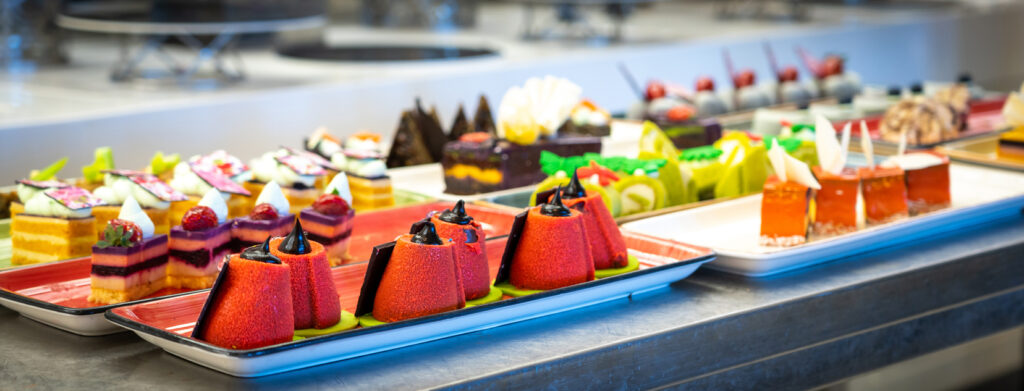
- Significantly higher residual sugar
- Consumed with or as dessert
- Examples: Sauternes, Tokaji, Moscato d’Asti
In summary, wine sweetness levels can be categorized into dry wines, sweet wines, and dessert wines, with varying residual sugar contents and flavor profiles. Whether it be a crisp, dry Riesling or a luscious Sauternes, understanding these categories can help guide your palate to your preferred wine style.
Understanding Bitterness in Wines
Tannins in Red Wine
Tannins are compounds found in the skins, seeds, and stems of grapes, and they contribute to the bitterness and astringency of wines. In red wines, tannins play a prominent role, as the grapes are typically fermented with their skins, allowing tannins to be absorbed into the wine. The tannin content can impact the texture and taste of the wine, often giving it a dry, puckering sensation.
Some red wines, such as Cabernet Sauvignon and Syrah, have higher tannin levels, resulting in a more pronounced bitterness. This bitter taste can be balanced with other elements in the wine, such as acidity and sweetness. Wines that aren’t floral or fruity can have more pronounced bitter notes, making them taste harsher.
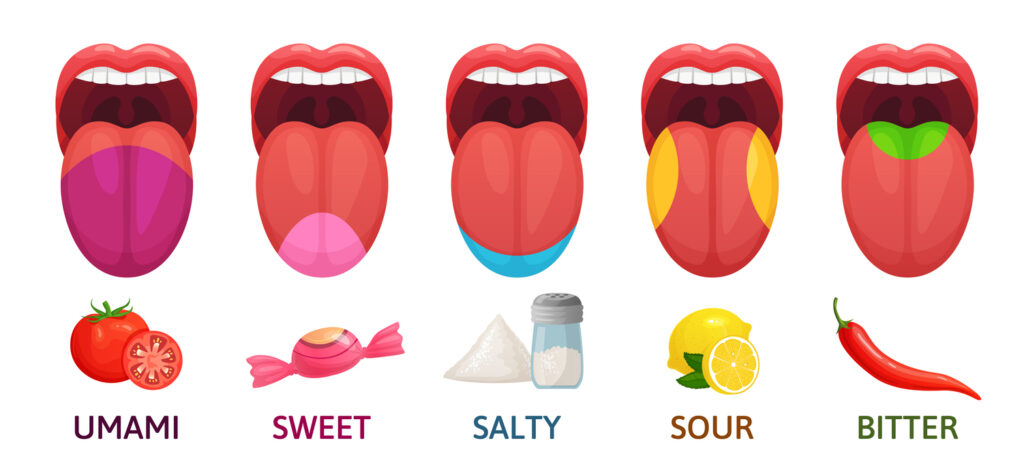
Tannins in White Wine
In contrast to red wines, white wines generally have lower tannin levels, as they are not fermented with their skins. This results in a less bitter and astringent taste. However, some white wines, such as aged Chardonnays, can still possess noticeable tannin content due to the winemaking process or barrel aging.
Acidity and tannins in White Wine
While tannins can contribute to the bitterness in both red and white wines, it is essential to note that this characteristic can be influenced by other factors. For example, a wine’s acidity can impact the perception of bitterness, as suggested in the Wine Folly search result about acidity and sweetness. Also, higher alcohol levels, particularly above 14.5%, can make a wine’s flavors culminate in a more bitter finish.
In summary, tannins are crucial elements contributing to the bitterness in wines, particularly in reds. However, both red and white wines can exhibit this characteristic, which can also be influenced by factors such as acidity and alcohol content. Understanding the factors affecting bitterness in wines can help wine enthusiasts appreciate the balance and complexity of different wine styles.
Styles of Wine
Sparkling Wine
Sparkling wine is a type of wine that contains significant levels of carbon dioxide, which gives it a fizzy texture. These wines can range from very dry to sweet in taste. Key examples of sparkling wines include Champagne, Prosecco, and Cava. Below is a list of popular sparkling wines with their sweetness levels, from driest to sweetest:

- Brut Nature
- Extra Brut
- Brut
- Extra Dry/Extra Sec/Extra Seco
- Dry/Sec/Seco
- Demi-Sec/Semi-seco
- Doux/Sweet/Dulce
These wines are often used in celebratory events, and their bubbles are a result of a second fermentation process.
Rosé Wine
Rosé wine is a style of wine that incorporates some of the color from the grape skins during the winemaking process but is not enough to qualify it as a red wine. The result is a wine with a pink hue, ranging from a pale salmon to a vibrant pink.
Rosé wines can be made from a variety of grapes and can be found in both still and sparkling forms. They often have fruity and floral flavors with varying levels of acidity and sweetness. Some popular types of rosé wine include:
- Dry rosé: Usually made from red wine grapes with minimal skin contact, producing a lighter color and a refreshing, crisp flavor.
- Sweet rosé: Often made with aromatic white grapes, these wines tend to offer fruity flavors and a higher level of sweetness.
- Sparkling rosé: Combines the characteristics of sparkling wine and rosé, making it an excellent choice for celebrations.
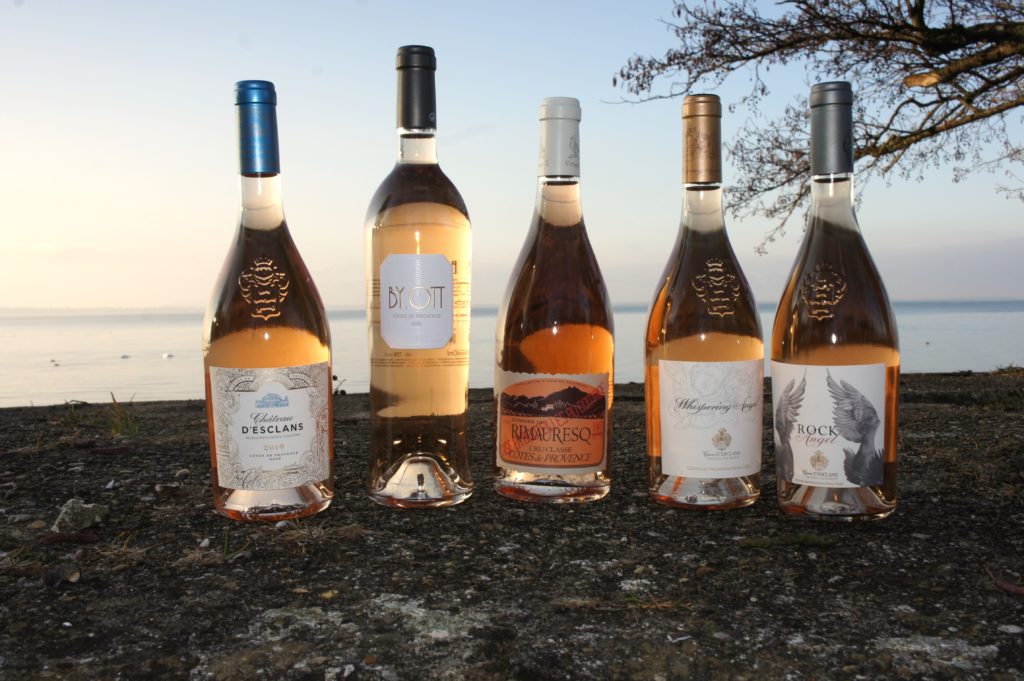
Fortified Wine
Fortified wine is a type of wine where a distilled spirit, such as brandy, is added during the fermentation process to increase the alcohol content and impart unique flavors. This style of wine includes a wide range of flavors, from dry and nutty to sweet and fruity.
Sherry is a popular example of fortified wine, with various styles catering to different preferences. Other notable fortified wines include Madeira, Port, and Marsala. Some common styles of fortified wines are:
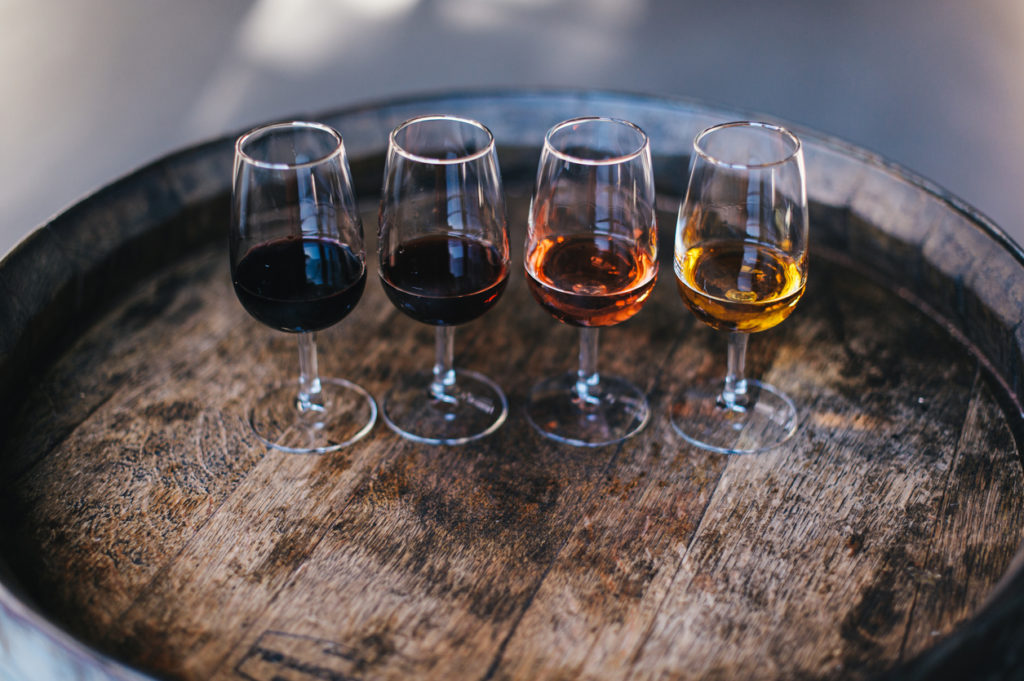
- Dry fortified wines: These wines are typically aged, offering nutty and savory flavors. Examples include Fino and Amontillado sherries.
- Sweet fortified wines: Known for their intense fruit flavors and sweetness, examples include PX (Pedro Ximénez) sherry and Ruby Port.
- Aged fortified wines: These wines undergo prolonged aging, resulting in complex flavors and depth. Examples are Tawny Port and Sercial Madeira.
Sweet fortified wines as Port or Madeira can be used as a dessert wines in combination with a cheese plate or a chocolate based dessert.
Perception of Acidity, Sweetness, and Bitterness
The perception of acidity, sweetness, and bitterness play a crucial role in the overall experience and enjoyment of wine. These three components contribute to the complex taste profile and aroma of a wine, allowing drinkers to discern the subtle differences between various blends and vintages.
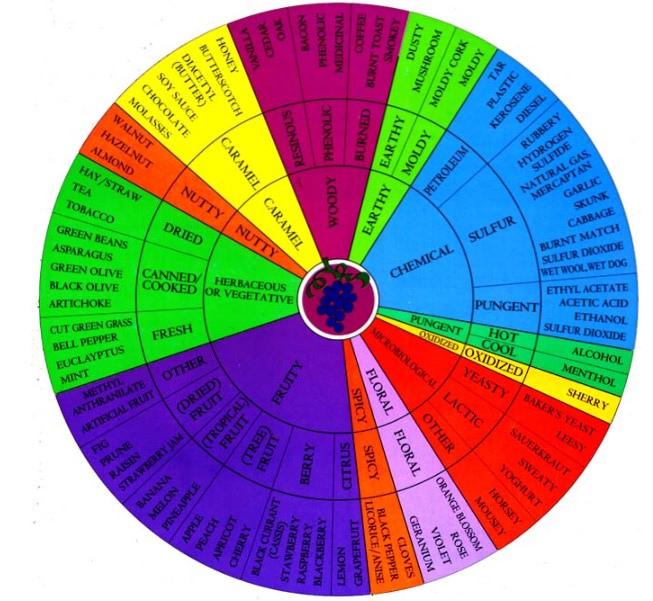
Perceiving acidity
Acidity is an essential quality of wine, as it provides tartness and a zingy freshness. All wines have some level of acidity, typically ranging from a pH of 2.5 to 4.5. Higher acidity levels contribute to a wine tasting more tart, often resembling flavors like lemon, green apple, or grapefruit. Acidity helps balance the sweetness and richness in food and can be better detected with foods containing salt or sugar.
Impact of Sweetness
Sweetness, another fundamental element, ranges from bone-dry to very sweet in wines. Wines with lower levels of sweetness often taste more acidic and bitter, while wines with higher sweetness levels have a smoother taste profile. Sweetness in wine can be affected by factors such as residual sugar, grape variety, and winemaking techniques. It is essential to balance sweetness in wine to avoid an overly cloying or unappealing taste.
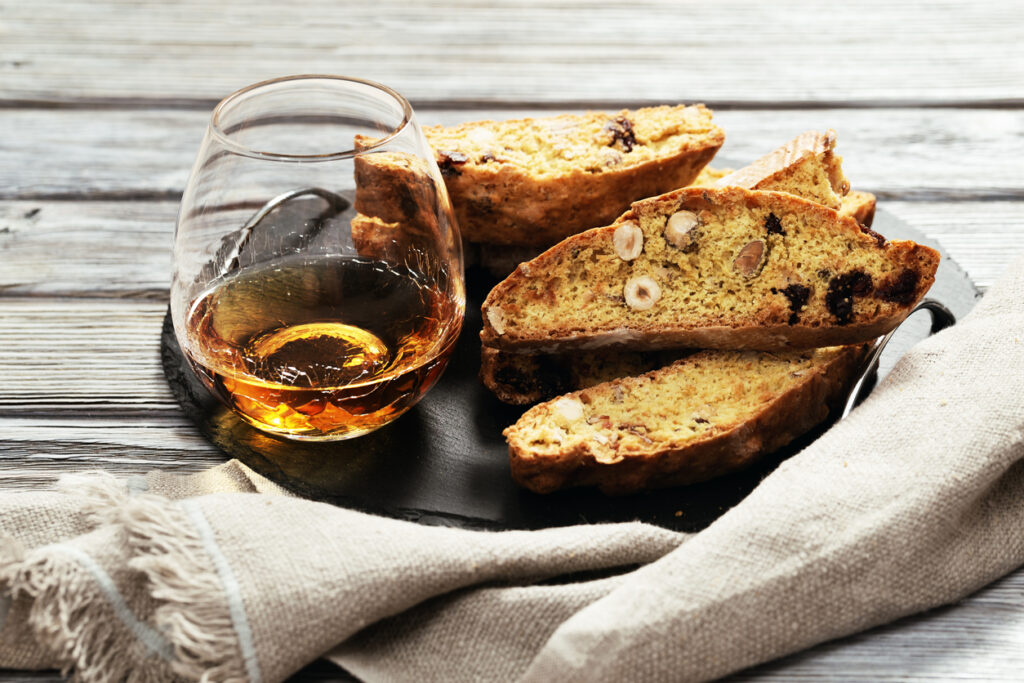
Tasting bitterness
Bitterness is a less prominent but still essential element of wine. Mostly, bitterness arises from tannins extracted from grape skins, seeds, and oak barrels during the winemaking process. Red wines typically have higher levels of tannins, making them taste more bitter. Bitterness aids in balancing sweetness and acidity and can enhance the perception of flavors and aromas.
In terms of taste and aroma, the relationship between acidity, sweetness, and bitterness in wine can be summed up as follows:
- High acidity enhances the perception of bitterness and decreases the perception of sweetness and fruitiness.
- High sweetness levels help reduce the perception of bitterness and acidity while increasing the feeling of fruitiness.
- Bitterness can accentuate the acidic and sour notes while moderating the perception of sweetness.
Ultimately, the harmony between acidity, sweetness, and bitterness is crucial to the overall enjoyment and appreciation of wine. A well-balanced wine will have a pleasing taste profile that complements and enhances the natural flavors and aromas present in the grapes. By understanding these relationships, wine enthusiasts can better select the perfect wine for any occasion or meal.

